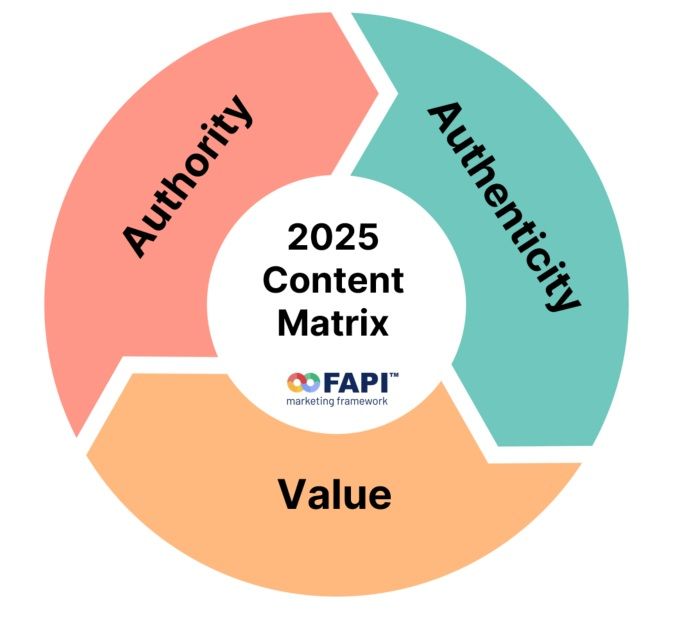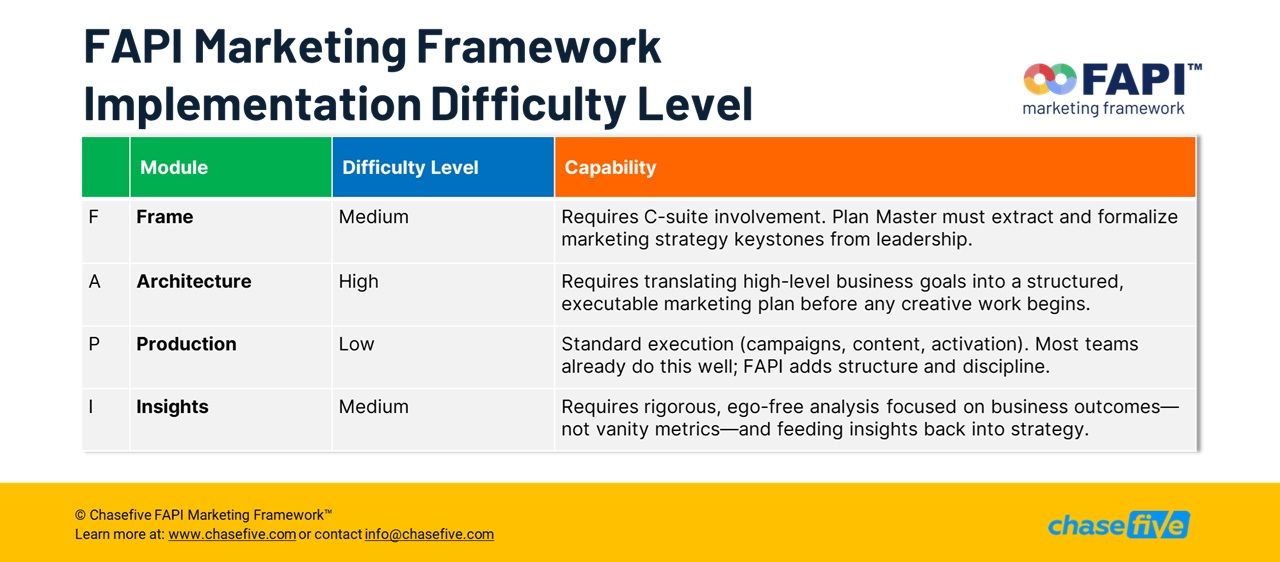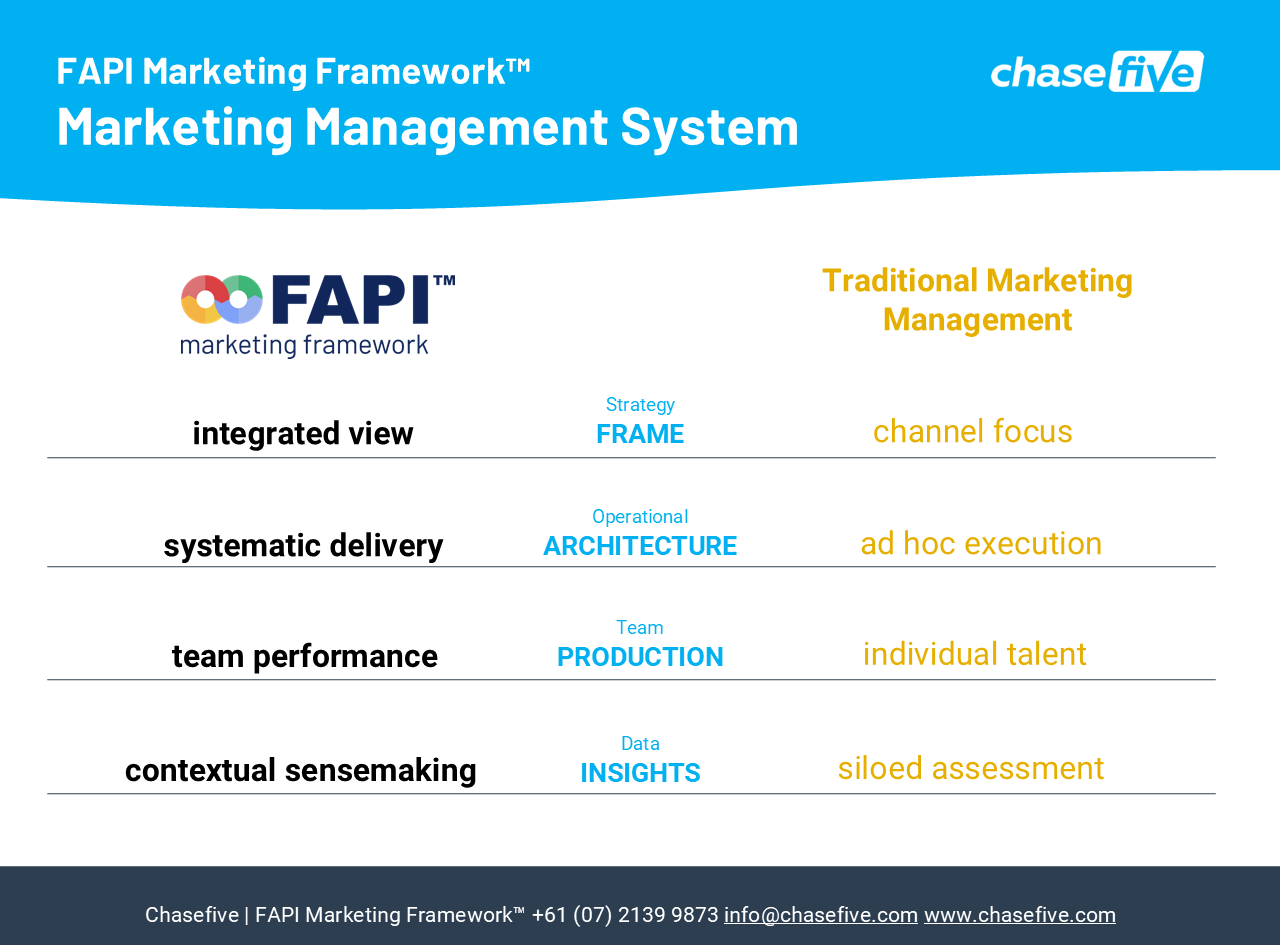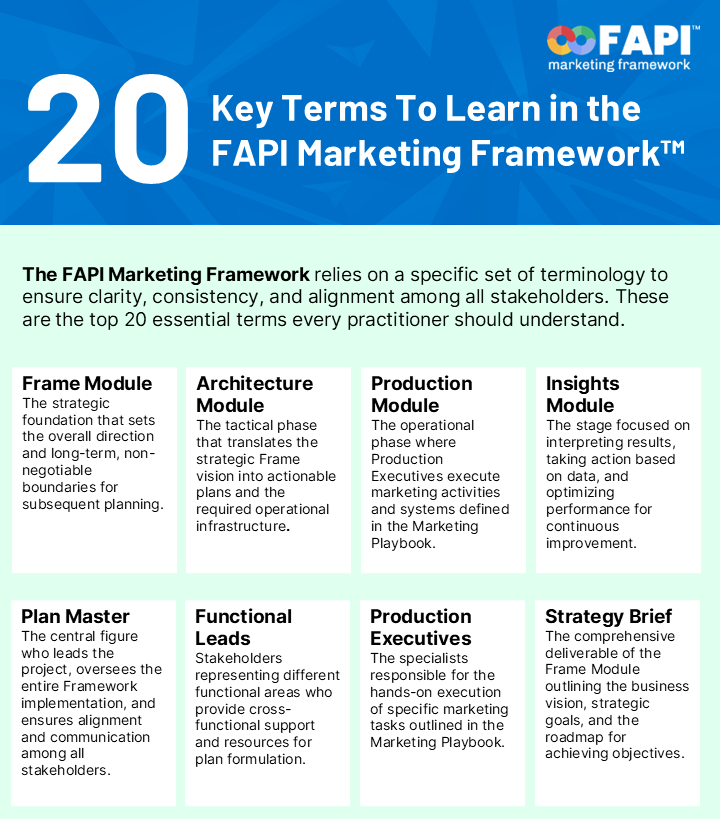The commoditization of marketing production in the era of AI and the shift from volume to value
A long-standing, well-known recipe for marketing success is driven by a simple equation: more output equals more results. This involves gaining visibility through increased volume and pacing by activating more channels, campaigns, posts, articles, and so on to secure greater exposure.
The dominant strategy of 'volume marketing' relies on increasing output to enhance performance. Marketers would focus on ramping up production and releasing campaigns at increasingly rapid speeds to cut through the noise, and for many, this approach has proven effective.
The future of volume marketing and zero marginal cost scenario in marketing production
In the age of AI, this once-reliable strategy is experiencing diminishing returns. As more output is generated, it becomes increasingly difficult for any single message to stand out, and the content becomes less valuable to users.
The process of commoditization of marketing production began with the offshoring of marketing production services, where a significant portion of marketing tasks was shifted to low-cost economies. Artificial intelligence has compounded this effect, accelerating the shift toward a zero marginal cost scenario in marketing production.
The AI productivity boost to marketing output means we are approaching a world saturated with content, and simply doing more is no longer enough.
EEAT and the shift from volume to value
To address the challenge of distinguishing content in an environment where virtually unlimited content can be produced at a fraction of the cost, Google introduced the E-E-A-T guidelines (E-E-A-T, stands for Experience, Expertise, Authoritativeness, and Trustworthiness).
These guidelines are used to evaluate the quality of newly published web pages and their content, recognizing and rewarding material that is
original, authoritative, and trustworthy.

This directly challenges traditional content marketing strategies that rely purely on volume.
The focus is no longer on volume, but on producing original, authentic content that delivers real value to customers.
Authority. Authoritative content positions the brand as a reliable source of knowledge. It involves investing in expertise and ensuring that content is created by individuals with genuine experience and deep subject matter knowledge. This approach guarantees that the content is not only accurate but also insightful, helping to distinguish the brand as a credible and trustworthy source of information.
Authenticity. Creating original content that comes from the brand’s own experiences and firsthand accounts fosters a genuine connection with the audience. It reflects true values, beliefs, and insights that resonate with the audience on a personal level.
Delivering real value: Prioritizing the creation of content that genuinely addresses the audience’s needs, solves their problems, and offers unique insights makes it a valuable resource that people actively seek out and return to.
A cultural and strategic change
Repositioning marketing production to address the challenges of a commoditized market is not just a tactical shift; it requires a complete redevelopment of strategy and a cultural adjustment. This involves moving from high-paced, rapid turnaround marketing execution to a more in-depth review of assets and resources.
Learn more about best practices in marketing organizational management at the
FAPI Marketing Framework Academy







